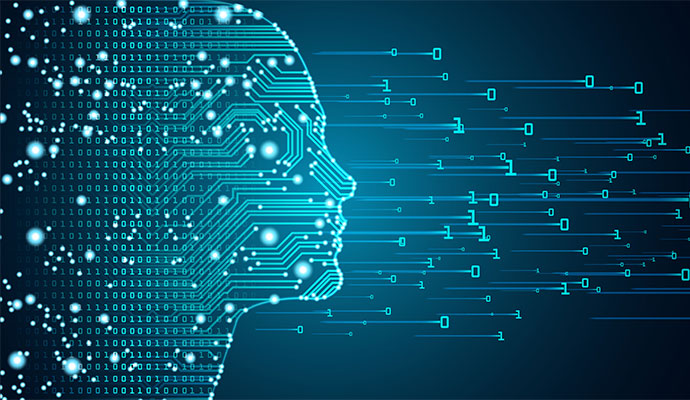Unlocking the Power of Deep Learning: A Journey into Artificial Intelligence
 Julian Aaron Raj
Julian Aaron Raj
In the rapidly evolving landscape of artificial intelligence (AI), one revolutionary concept has been making waves: deep learning. At the intersection of computer science and data science, deep learning is breathing new life into AI applications, paving the way for incredible advancements across industries. In this article, we embark on a journey to uncover the essence of deep learning, its mechanisms, applications, and the profound impact it has on shaping our world.
The Foundation of Deep Learning
At its core, deep learning is a subset of machine learning – a broader field of AI. What sets deep learning apart is its focus on neural networks, structures inspired by the human brain's interconnected neurons. These networks consist of layers that process data and extract complex patterns. Unlike traditional machine learning, deep learning excels at automatically learning from large datasets, eliminating the need for explicit programming.
Unraveling Neural Networks
The heart of deep learning lies within neural networks, specifically deep neural networks. These networks are designed with multiple hidden layers, enabling them to understand intricate relationships in data. The process begins with input data, which travels through the layers, each performing specific transformations. As data passes through the network, it becomes increasingly abstract, ultimately producing an accurate output.
Applications Across Industries
Image and Speech Recognition: Deep learning has revolutionized image and speech recognition. From self-driving cars identifying pedestrians to voice assistants understanding natural language, deep learning algorithms excel at complex tasks that were once challenging for machines.
Healthcare Diagnosis: Deep learning is transforming healthcare by analyzing medical images like X-rays and MRIs to identify diseases accurately. It assists doctors in diagnosing conditions early, enhancing patient care and outcomes.
Natural Language Processing: Sentiment analysis, language translation, and chatbots have greatly benefited from deep learning. Neural networks decode language nuances, enabling computers to understand and generate human-like text.
Finance and Trading: Deep learning algorithms analyze vast financial datasets to predict market trends and optimize trading strategies, revolutionizing the world of finance.
Autonomous Systems: Self-driving cars, drones, and robotics heavily rely on deep learning to navigate complex environments and make split-second decisions.
Challenges and Future Prospects
While deep learning has achieved remarkable feats, challenges persist. Enormous computational power and vast datasets are often required, limiting access for some applications. Additionally, interpretability remains a hurdle, as deep learning models are often seen as "black boxes" with inscrutable decision-making processes.
The future of deep learning is incredibly promising. Advancements in hardware, such as Graphics Processing Units (GPUs) and specialized chips, accelerate training times. Additionally, research is ongoing to enhance model interpretability and efficiency.
Conclusion
Deep learning is reshaping industries and pushing the boundaries of AI. Its ability to learn from data, recognize patterns, and make informed decisions has given rise to applications that were once the stuff of science fiction. As technology advances, the potential for deep learning to impact healthcare, finance, transportation, and more continues to grow. By understanding its mechanisms and keeping an eye on its future developments, we can fully appreciate the transformative power of deep learning and its profound influence on our lives.
Subscribe to my newsletter
Read articles from Julian Aaron Raj directly inside your inbox. Subscribe to the newsletter, and don't miss out.
Written by

Julian Aaron Raj
Julian Aaron Raj
Curious by nature Software Developer who is always aiming at improvements.